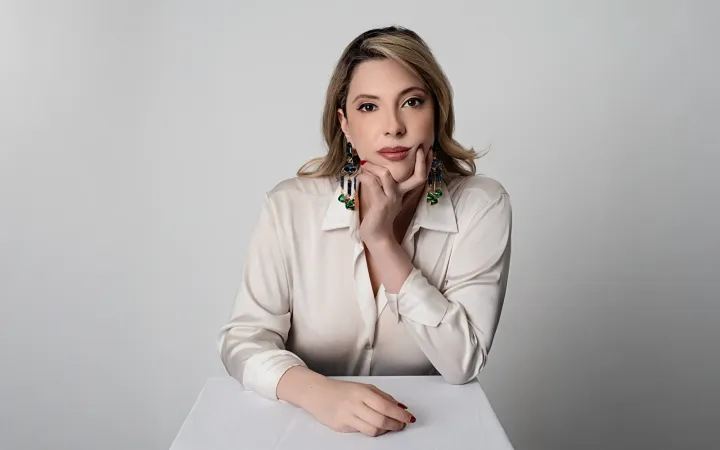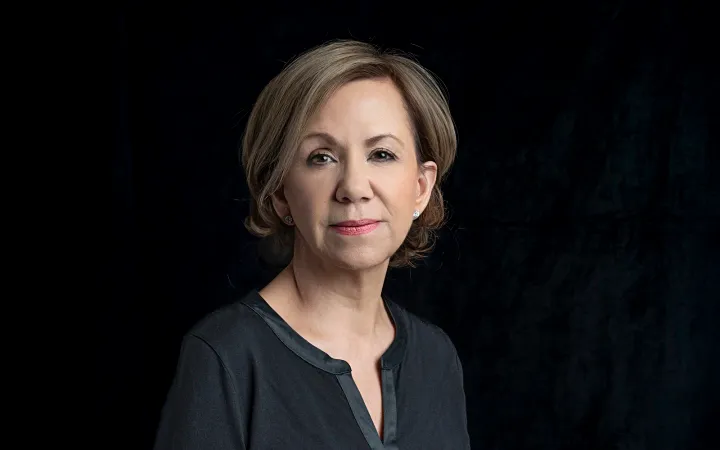Por Sonia Serrano Íñiguez
En Cuba ya no sirven yuca. Si, después de comer en diferentes paladares y restaurantes de La Habana, me di cuenta que los tubérculos, ese vegetal que siempre acompaña a la comida cubana y que se sirve de manera abundante, ya no es una cortesía. No hay yuca con ese mojo cubano delicioso, tampoco malanga en frituras ni boniato frito.
El cambio en la cocina puede parecer algo simple, pero es en realidad un gran cambio social. La modernización de los restaurantes cubanos llegó y ahora, si quieres algún tubérculo o un arroz congrí, hay que pedirlo y pagarlo por separado. Es decir, Cuba se parece cada vez más a cualquier país latinoamericano.
Desde que nació mi hija, he viajado al menos una vez al año a la isla por razones familiares, salvo durante la pandemia. Así que hemos visto los cambios de las últimas dos décadas, desde la Cuba fidelista hasta la actual, que no sabría cómo definir.
Hace unos días, al participar en la Cátedra Latinoamericana Julio Cortázar, Leonardo Padura dijo: “Mi relación con La Habana se ha vuelto complicada, ya que tengo el sentimiento de sentirme cada vez más ajeno a ella”, y habló de los conceptos ajenitud y deconstrucción. Luego, afirmó: “Todo se ha ido desvaneciendo, pero sigue siendo una ciudad culta. Sin embargo, la miseria crea miserables. Me voy sintiendo ajeno a la ciudad porque crecí con otros códigos de comportamiento que habían funcionado siempre”.
Padura estuvo en Guadalajara para hablar de su más reciente libro, Ir a La Habana. ¿Y quién mejor que un habanero para hablar de esos inexplicables cambios?
Siempre que viajo a la isla, llamo a la familia para saber qué se necesita. En mi penúltimo viaje, la sorpresa fue que me sugirieron llevar frijol, arroz y café, tres productos que los cubanos consumen en cantidades importantes. Así que pagué una maleta documentada para llenarla de 25 kilogramos de lo que se pudiera. Luego me di cuenta que no era necesario. En el mismo aeropuerto podía comprar el café, incluso más barato que en México, y que por todas partes se podían conseguir “sacos” (una medida que lo mismo pueden ser 5 que 20 kilos) de arroz y frijol.
En Cuba sí había esos productos, pero hay que comprarlos a cualquier cuentapropista o a una Pyme, dos palabras que por cierto son escuchadas cada vez más. En cambio, esos productos casi desaparecieron de la “libreta”, un sistema de distribución de la canasta básica a la que cualquier cubano tiene derecho, pero que se ha ido diluyendo casi hasta desaparecer.
La apertura para que los cubanos puedan poner sus propios pequeños negocios, como cuentapropistas, o sus pequeñas y medianas empresas, ha significado que haya cubanos que puedan tener prácticamente cualquier cosa y, por otro lado, que la pobreza se vuelva más evidente.
Ahora muchos cubanos viajan a otros países de América Latina, principalmente a Panamá y México, para adquirir mercancías que luego venden en “timbiriches” (una especie de puesto de tianguis) o en sus “garages” (cocheras). Uno de estos negocios, que vende dulces, refrescos y bolsas de botanas fritas, le deja a su dueño alrededor de un millón de pesos cubanos diarios (unos 3 mil 125 dólares). Además están las empresas, que venden electrodomésticos, ropa, materiales de construcción, entre otros productos también traídos de otros países, pero en contenedores que llegan a los diferentes puertos.
Del socialismo cubano ya queda casi nada. Por eso, en las calles cubanas lo mismo te encuentras a una mujer que te pide que le compres una botella de leche en la tienda para su hijo, porque en la libreta tampoco dan leche, que otra mujer conduciendo una camioneta Mercedes Benz.
La diferencia social la marca el acceso a los dólares, que se mueven en un valor incierto. Puedes cambiar un dólar en el banco en alrededor de 200 pesos cubanos o pagar con tarjeta en cualquier restaurante donde lo tomarán a 120 pesos. También existe la posibilidad de cambiarlo en el mercado negro en 350 pesos, donde con cien dólares recibirás una enorme paca de billetes que te harán sentirte rico.




